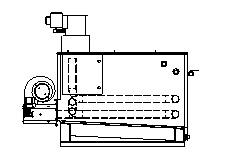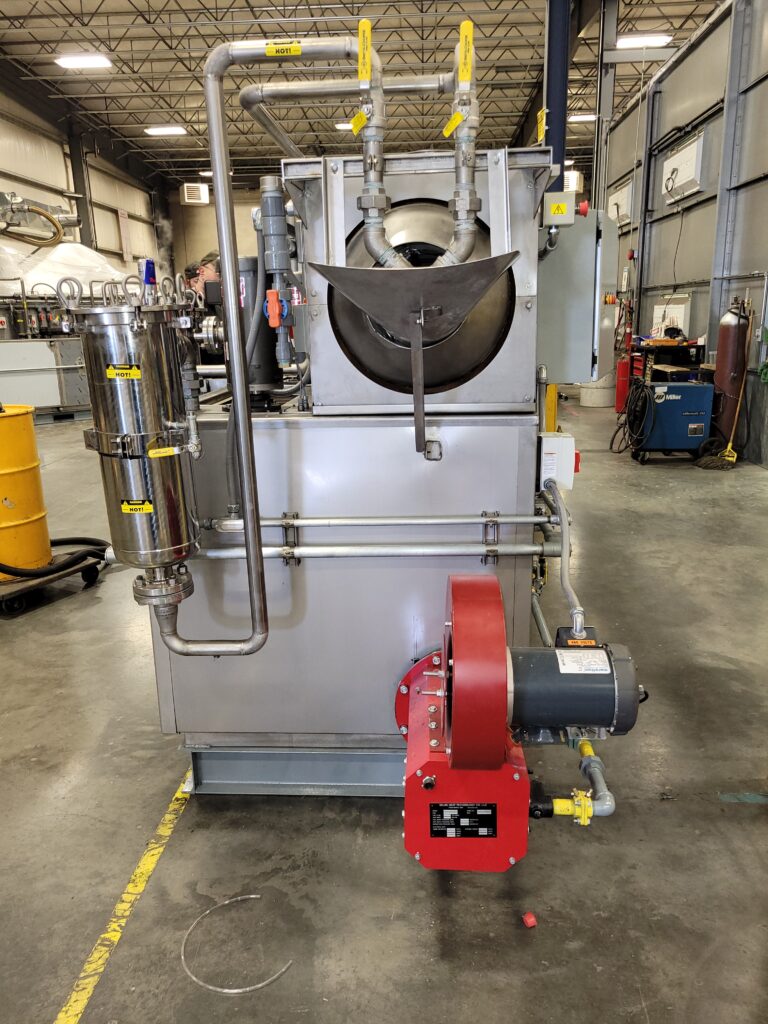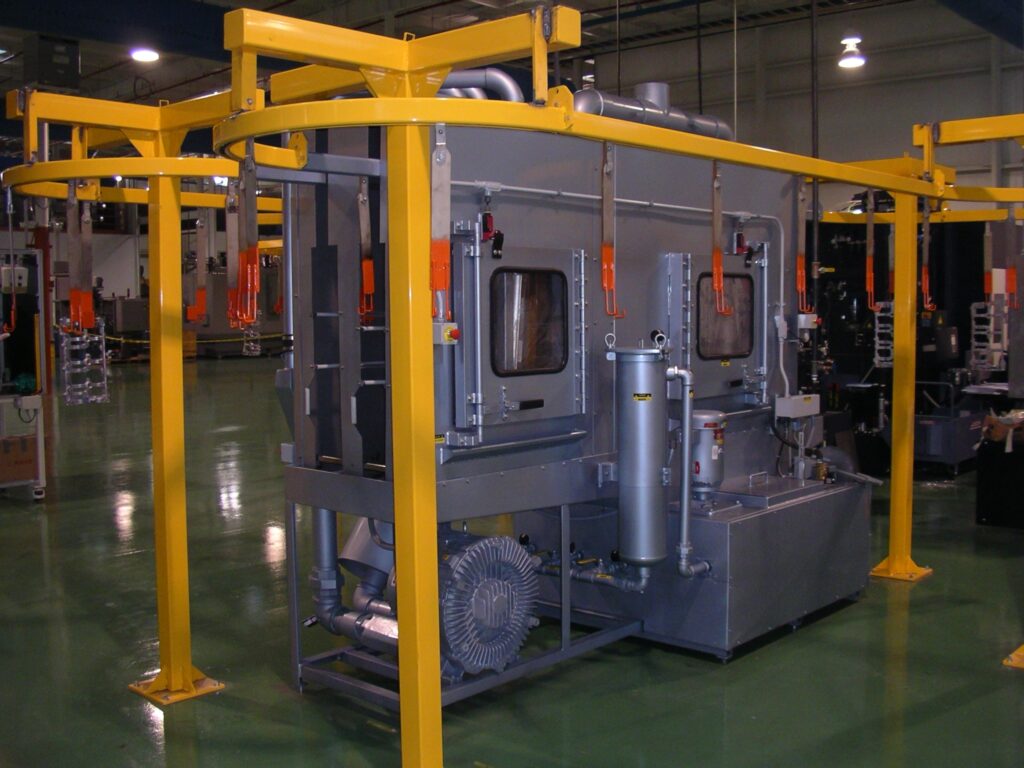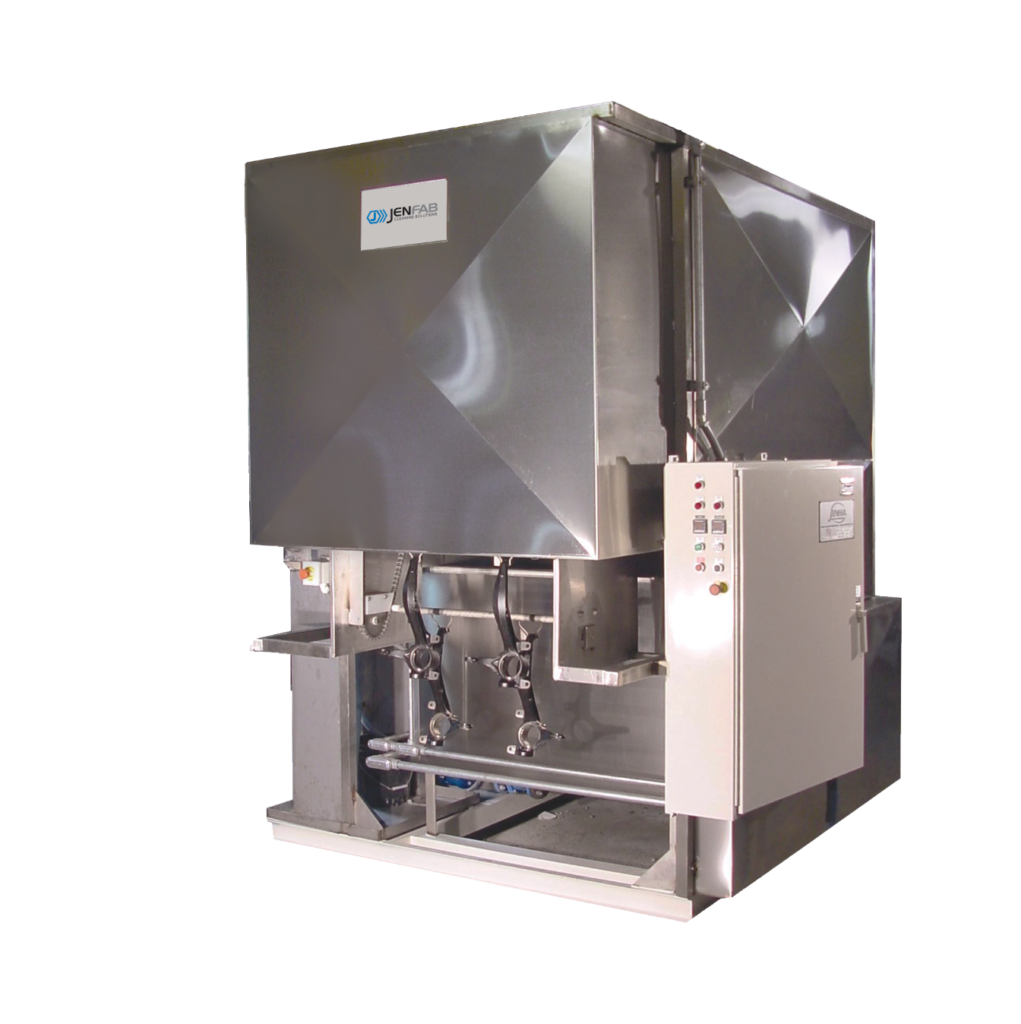Automotive remanufacturing is on the rise as more people worldwide keep cars for extended periods of time. Personal vehicles and semi-trucks age, and they need high-quality replacement parts to keep operating. Remanufacturers fill this need with gasoline and diesel engine parts that meet or exceed the original equipment manufacturer’s standards.
All automotive remanufacturers and service shops need to clean engine parts efficiently. Before engines are restored, companies need to degrease used engine parts and remove residue or dust from machining.
Aqueous parts washers clean engine components to better performance and meet exacting standards. How do you choose an engine parts washer? What are your cleaning options? Learn more about parts cleaning for engine remanufacturing and rebuilds.
In this article, we dive into the following topics:
- Remanufacturing Market
- Cleaning Engine Parts for Remanufacturing
- Cleaning Engine Parts for Rebuilds
- Engine Parts Cleaning Options
- Best Automotive Parts Washers
Market Outlook: Older Cars Cruise Our Streets
The demand for remanufactured automotive parts is growing. As more people across the globe obtain cars, the number of vehicles over 10 years of age increases. Americans are holding onto personal vehicles for longer than ever. In 2020, the average age of a car on American roadways was 12 years old.
The Need for Remanufactured Auto Parts
Older cars require replacement parts as components wear and break down. When older cars dominate the roads, remanufacturers have the opportunity to sell more parts to customers looking for affordable replacements. Remanufactured automotive parts only cost 50% to 70% as much as OEM parts—a big benefit for customers in need of repairs.
Market for Engine Components
Gasoline and diesel engines are a large portion of demand. Engine parts make up 30% of the value share of the automotive remanufacturing industry.
These components could be small fasteners or larger parts like cylinder heads and engine blocks. No matter the type or size of the part, all engine parts need to be cleaned before reaching customers.

Cleaning Engine Reman Parts
Automotive remanufacturers restore used gasoline and diesel engine components, using the core part to produce pieces that meet or exceed OEM standards. Remanufactured engine parts feature the latest updates and design changes.
Electronics play a more significant role in engine remanufacturing than ever before. Electronically controlled engines typically have simple injector settings, and problems are easy to diagnose if companies have the right equipment.
Engine remanufacturers must meet stringent tolerances and finishes. Newer engines specify tighter tolerances and higher cleaning standards. Particles as small as 20 microns have been known to cause problems in newer fuel systems.
Effective parts cleaning removes contaminants left from machining. Automotive parts washers can achieve the cleaning requirements remanufacturers need.

Cleaning Engine Parts for Rebuilds
Degreasing engine parts for rebuilds is a time-consuming task. Automotive service shops spend more than 15% of production time cleaning parts.
Some shops may spend 20% to 30% of total overhead expenses on parts cleaning alone—especially if cleaning is done manually. Cleaning can become a costly endeavor when you add up time, labor, material and equipment expenses.
Mechanics and other service employees have close contact with engine parts. Many service shops look for safer, less toxic cleaning processes to protect employees and reduce waste disposal costs. Aqueous parts washers easily automate the cleaning process and help your team degrease engine components.
How to Wash Engine Parts
How to Clean Engine Parts Before Machining
Whether remanufacturing or rebuilding engines, cleaning is often the first step in the process. Contaminants could harm your machining equipment and make it difficult to work on the part.
An initial wash removes built-up dirt, grease and carbon deposits before machining. Once engine components are clean, you’ll be able to spot hairline cracks or flaws on the part’s surface so that you can address them.
How to Clean Engine Parts Before Assembly
Cleaning parts is a crucial first and final step. Parts get messy during cutting, machining and grinding. You must remove cutting lubricants, metal chips and other types of debris from the parts.
Anything left on the parts could damage the engine later. Honing residues can damage rings. Metal chips can get trapped in the passageways of cylinder blocks. When you know how to clean engine parts before assembly, you prevent potentially harmful contaminants from ending up inside the engine.

Engine Degreasing & Cleaning Options
There are many ways to clean and degrease engine parts. Finding the best automotive parts cleaning equipment for your application can be challenging. Some techniques and cleaners are safer or more effective than others.
Don’t: Use Mineral Spirits to Clean Engine Parts
Mineral spirits as an engine parts cleaner? No, thank you. Mineral spirits are 100% petroleum distillates. While inexpensive and effective, mineral spirits expose employees to toxic fumes. These fumes can cause vomiting, headaches and loss of coordination.
Mineral spirits are considered volatile organic compounds (VOCs), which are carbon chemicals that evaporate immediately. Since these petroleum-based solvents evaporate quickly, it is difficult to control exposure. Mineral spirits are also highly flammable, increasing the risk of fire and explosions.
Don’t: Try Kerosene to Clean Engine Parts
Kerosene may be a common engine parts cleaner, but it isn’t very effective at removing heavy grease. Like mineral spirits, using kerosene to clean engine parts is dangerous. Kerosene is flammable and toxic if inhaled. The compounds that make up kerosene, such as naphthalene and benzene, can cause health risks after prolonged or repeated exposure.
Don’t: Clean Parts by Soda Blasting
Sodium bicarbonate, or baking soda, can be used to blast part surfaces and remove dirt. Baking soda is a softer material, so soda blasting doesn’t etch part surfaces or leave residue behind. It’s also non-flammable and non-toxic. The downside? Soda cannot be recycled or reused.
Do: Switch to Aqueous Parts Cleaning
The best way to clean engine parts is with an aqueous parts washer. Aqueous cleaning does away with toxic solvents.
Aqueous parts washers clean using a water-based solution and high-pressure spray, immersion or agitation. Without releasing toxic fumes, aqueous parts washers clean engine components as effectively—if not better—than solvent-based washers.
Automotive remanufacturers can reuse the aqueous cleaning solution to reduce disposal costs, material expenses and freshwater usage. Filters and oil coalescing systems prolong the life of the solution by removing oil.

Best Automotive Parts Washers for Remanufacturing
These aqueous parts washers excel at cleaning remanufactured automotive parts. Jenfab designs engine parts washers to your exact specifications. We can custom-build a machine to wash a specific engine component or design a system to clean several different parts.aConveyor Belt Part Washers
Belt washers integrate seamlessly into your workflow to clean large volumes of freshly machined parts. Engine components can move directly from CNC machining stations to the belt washer using pick and place robots. Customize the number of wash, rinse and dry tanks you need to get the best clean possible.
LeanClean 360 Part Washers
The LeanClean 360 is a rotary basket parts washer that comes in multiple customizable size categories. Place parts in baskets and let the LeanClean 360 do the work with a combination of spray, immersion and ultrasonic cleaning. If you have critical or precision cleaning requirements, the compact LeanClean 360 can achieve your goals.
Vertical Agitation Part Washers with Rotation
Whether you’d like a standalone system or in-line feeding, a vertical agitation parts washer can solve your parts cleaning challenges. This system dips engine parts into the cleaning solution, allowing it to flow into passageways, blind holes and recesses. Remanufacturers benefit from the added basket rotation that agitates the cleaning solution and the parts.
Parts Washers for Engine Rebuilds
Stop washing parts by hand and using scrub tubs. Small maintenance shops benefit from aqueous parts washers too. With a parts washer on your floor, your mechanics and technicians are no longer responsible for cleaning small parts manually. You’ll reduce time and labor costs as employees complete other tasks while the machine cleans.
- TL Top-Load. Our TL top-load spray cabinet parts washer features a gear-driven turntable that can be customized up to 120” in diameter. Depending on the size you request, the TL top-loader is perfect for cleaning small components or tackling large parts.
- Orca. The Orca is a front-loading, roll-in door parts washer. It cleans more efficiently than pressure washers and scrub tubs while remaining compact in its design. Heavy cleaning? Light cleaning? The Orca can accomplish both!
- PCS Front-Load. Meet the most reliable cabinet parts washer on the market. The PCS front-load, spray cabinet parts washer provides targeted cleaning. We can customize your machine with turntables up to 120” and weight capacities up to 50,000 lbs.
Are you ready for a new automotive parts washer?
Request a quote. Jenfab Cleaning Solutions offers a wide variety of machines for automotive remanufacturers and service shops. Tell us what you need. We’ll help you select a model, make customizations and add optional equipment.


















